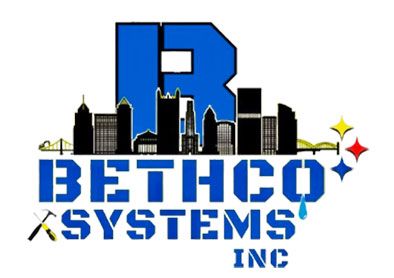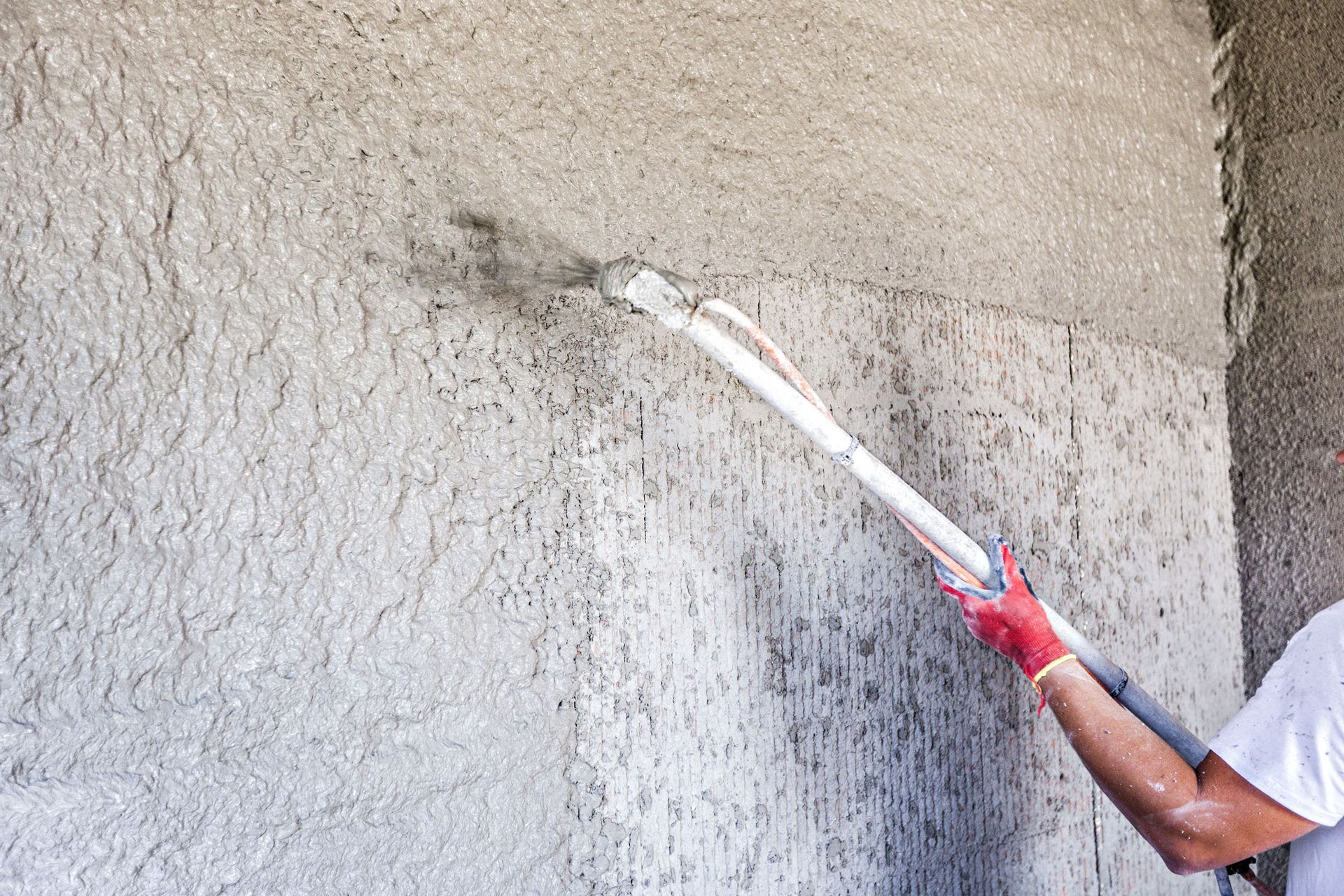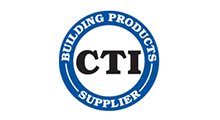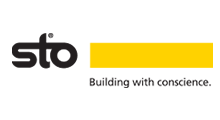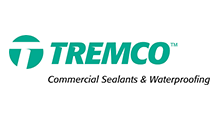September 17, 2025
Stucco is a popular exterior finish for homes and commercial buildings due to its durability, aesthetic appeal, and versatility. It provides a seamless, textured look that enhances curb appeal while also offering protection against the elements. When properly installed and maintained, stucco can last for decades, making it a cost-effective choice for many property owners. Its ability to be molded into different textures and finishes allows homeowners to achieve a custom look, whether modern, Mediterranean, or traditional.
However, like any building material, stucco is not immune to wear and tear. Over time, cracks, discoloration, and structural issues can develop, sometimes requiring professional attention. Various factors, from environmental conditions to installation errors, can contribute to stucco damage. Understanding the most common causes can help homeowners identify problems early and address them before they become costly. In this article, we explore the main reasons stucco deteriorates and provide guidance on when and how to perform stucco repairs.
1. Water Intrusion and Moisture Damage
One of the leading causes of stucco damage is water intrusion. Stucco is designed to shed water, but improper installation, damaged caulking, or worn seals around windows and doors can allow moisture to seep in. When water penetrates stucco, it can reach the underlying lath, wooden framing, or insulation, causing rot, mold, or mildew. Over time, this moisture can also lead to bubbling, flaking, or peeling of the stucco surface.
Regular inspections and maintenance are key to preventing moisture-related damage. If cracks or gaps are noticed around openings or along seams, it’s important to address them promptly with professional stucco repairs. Ignoring small issues can lead to extensive water damage that compromises the structural integrity of the building.
Another factor contributing to moisture damage is poor drainage around the property. Water that pools near the foundation or splashes up onto walls during heavy rains can exacerbate stucco deterioration. Installing gutters, downspouts, and proper landscaping can redirect water away from the walls, reducing the risk of long-term moisture problems. Proactive measures like these can significantly extend the life of your exterior finish.
2. Improper Installation or Maintenance
Stucco installation is a skilled process that requires attention to detail. Errors during installation are a frequent cause of long-term damage. Common mistakes include applying stucco too thickly or thinly, failing to provide proper reinforcement, or not allowing sufficient curing time. When stucco is installed incorrectly, it is more prone to cracking, chipping, and water penetration.
For example, a common mistake is skipping the proper application of a water-resistant barrier behind the stucco. Without this barrier, moisture can easily reach the building’s frame, leading to problems that require extensive stucco repairs. Homeowners should always ensure that installation is carried out by experienced professionals and that quality materials are used to minimize the risk of future damage.
Even after installation, ongoing maintenance is critical. Regular inspections can identify weak points, hairline cracks, or areas where the stucco may be separating from the underlying surface. Catching these issues early allows for targeted repairs rather than large-scale replacement. Additionally, applying a protective sealant periodically can enhance the durability of the stucco, reducing the likelihood of damage caused by improper installation over time.
3. Temperature and Weather Conditions
Stucco is designed to withstand a range of environmental conditions, but extreme temperature fluctuations can cause stress on the material. Expansion and contraction due to heat, cold, or rapid temperature changes can lead to cracking. In areas with harsh winters, freezing and thawing cycles are particularly damaging, as water trapped in the stucco can freeze, expand, and cause the surface to crack or flake.
Poorly timed repairs can contribute to issues down the line. According to This Old House, stucco shouldn't be repaired if nighttime temperatures drop below 40 degrees Fahrenheit. Attempting repairs in cold conditions can prevent proper curing, leading to weak patches that fail quickly. Performing repairs in mild weather is essential for ensuring long-lasting results. When weather conditions are right, professional stucco repairs can restore the surface and prevent further cracking.
In addition to freezing temperatures, prolonged exposure to the sun can also affect stucco. Ultraviolet rays gradually degrade the surface, leading to fading and minor surface cracking. Protective coatings or periodic painting can help preserve the stucco’s color and strength. By addressing weather-related wear proactively, homeowners can maintain the structural integrity of their exterior while keeping it visually appealing.
4. Structural Movement and Settling
No building is completely immune to movement. Over time, houses settle, foundations shift, and framing can flex slightly due to changes in soil moisture or seismic activity. These structural movements can put stress on stucco, resulting in cracks that may run horizontally, vertically, or diagonally across walls. Even minor shifts in the foundation can create stress points in the stucco, which may not be immediately visible but can worsen over time.
While some minor cracks are mostly cosmetic, larger or widening cracks may indicate serious structural issues. Prompt repairs are essential in these cases, as leaving cracks untreated can allow water and debris to penetrate, accelerating damage. Professional assessments can help determine whether the cracks are purely aesthetic or a sign of a deeper structural problem.
Homeowners can also mitigate the effects of structural movement by monitoring soil conditions and foundation health. Poor drainage, erosion, or soil shrinkage can exacerbate settling. Addressing these underlying issues, along with timely stucco repairs, ensures that both the exterior finish and the structure beneath remain secure. In many cases, repairing the stucco and correcting foundational issues simultaneously is the most effective approach.
5. Physical Impact and Wear
Stucco is strong, but it is not indestructible. Physical impact from objects such as lawn equipment, bicycles, or fallen tree branches can cause dents, chips, or cracks. Similarly, regular wear and tear from exposure to the sun, wind, and rain can gradually degrade the surface. Over time, the stucco may lose its finish, become discolored, or develop small fissures.
Even minor damage can compromise the protective qualities of stucco, so timely repairs are important. Recoating, patching, or applying a protective sealant can restore both appearance and function, extending the life of the exterior finish. Regular maintenance inspections are a practical way to catch minor wear before it escalates into more significant issues.
In areas prone to frequent storms or heavy winds, additional protective measures can reduce impact damage. Installing shrubbery or barriers near vulnerable walls, trimming overhanging branches, and avoiding the storage of heavy objects against stucco surfaces can prevent physical damage. Combining preventative measures with professional stucco repairs ensures your exterior remains resilient and attractive for years to come.
Stucco is an attractive, durable, and versatile exterior material, but it is not immune to damage. Water intrusion, improper installation, temperature fluctuations, structural movement, and physical impact are among the most common causes of stucco deterioration. Recognizing these issues early and addressing them through professional repairs can prevent more extensive and costly damage.
Whether it’s repairing cracks caused by settling, patching damage from an impact, or addressing moisture intrusion, timely maintenance keeps your stucco looking its best and protects the underlying structure. Following proper repair techniques and regular inspections ensures long-lasting results and helps prevent minor issues from becoming major problems. With consistent care and attention, your stucco can continue to provide both beauty and durable protection for years to come.
Keep your stucco strong and beautiful. Schedule professional stucco repairs with Bethco Systems today.
